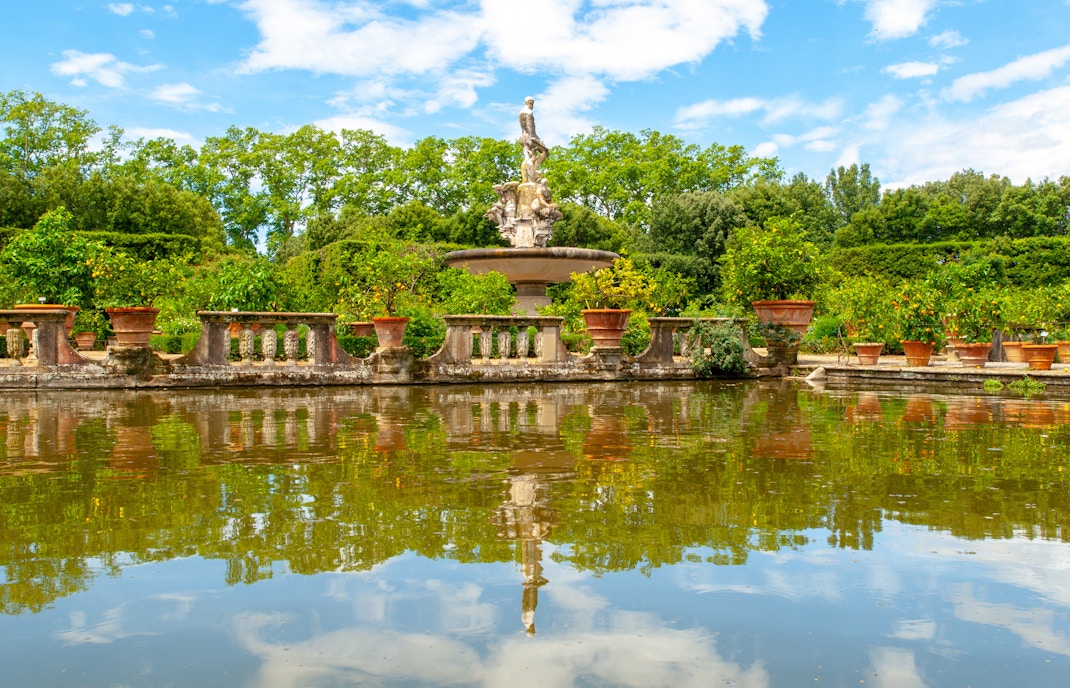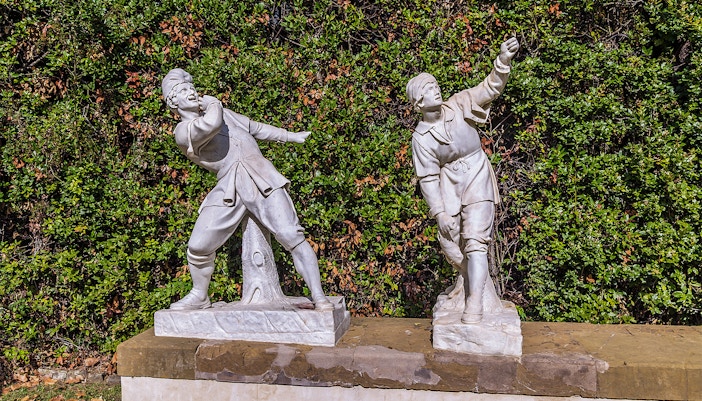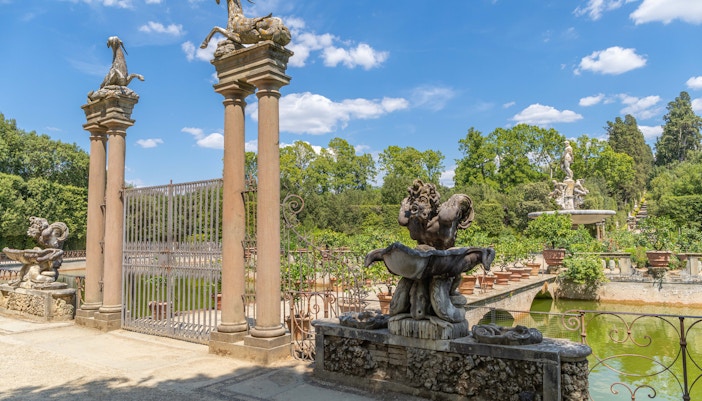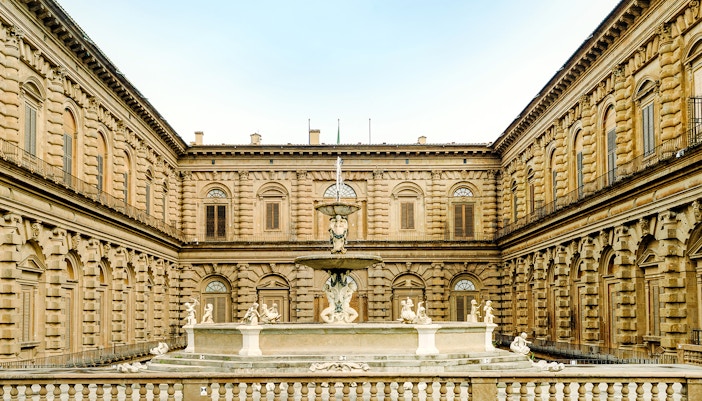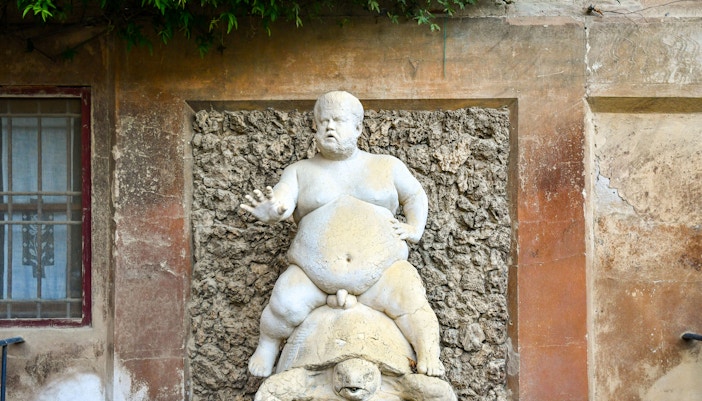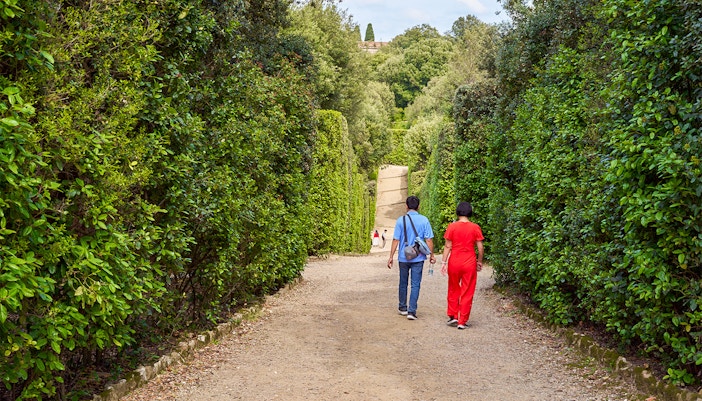The name "Boboli" is believed to be a corruption of "Bogoli" or "Borgoli," potentially linked to a family that previously owned the land where the gardens were laid out. However, the gardens themselves were commissioned for Eleonora di Toledo, the wife of Cosimo I de' Medici, making them an integral part of Florence's historical heritage and landscape.
11 interesting facts about the Boboli Gardens
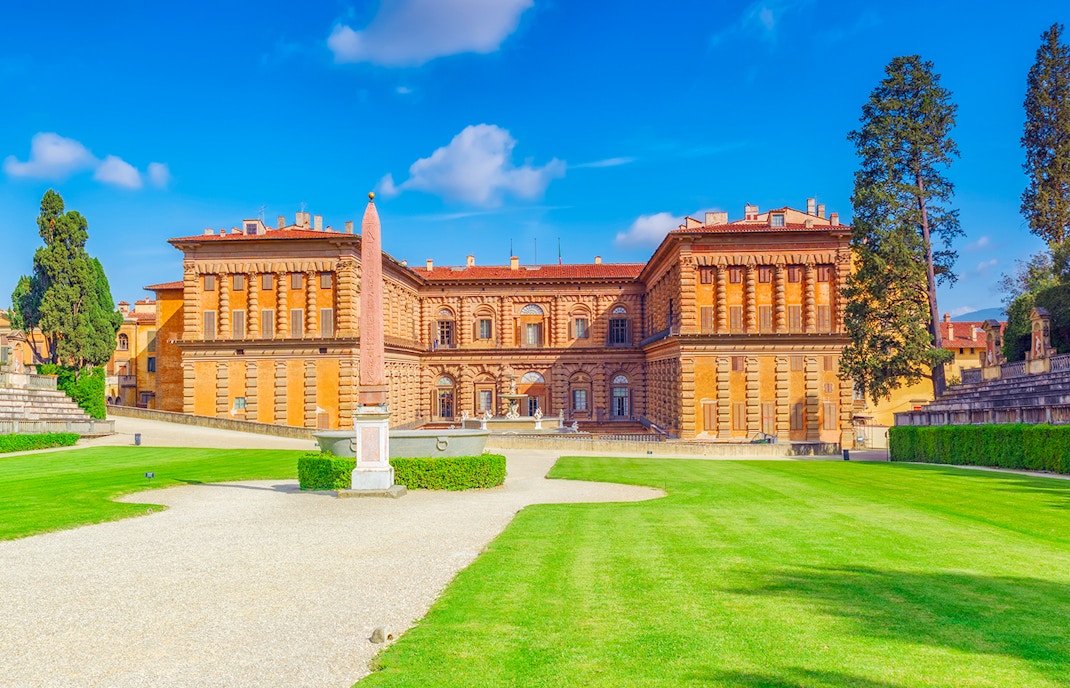
1. Named after the Bogoli family
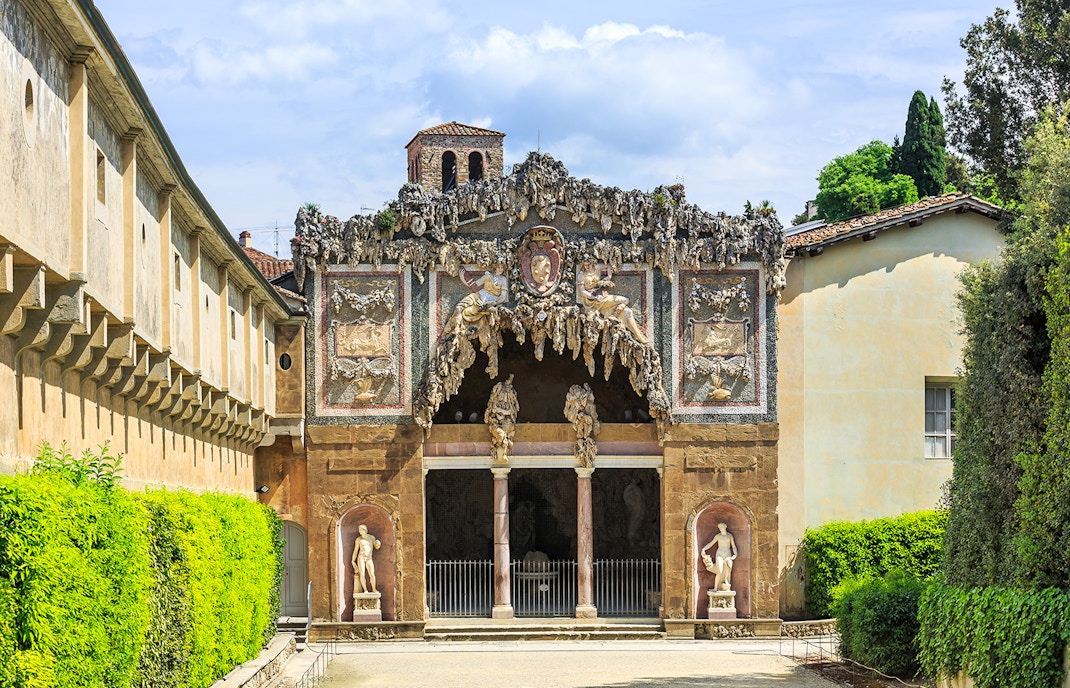
2. Exclusivity reflects Medici power

3. Bernardo Buontalenti's masterpiece
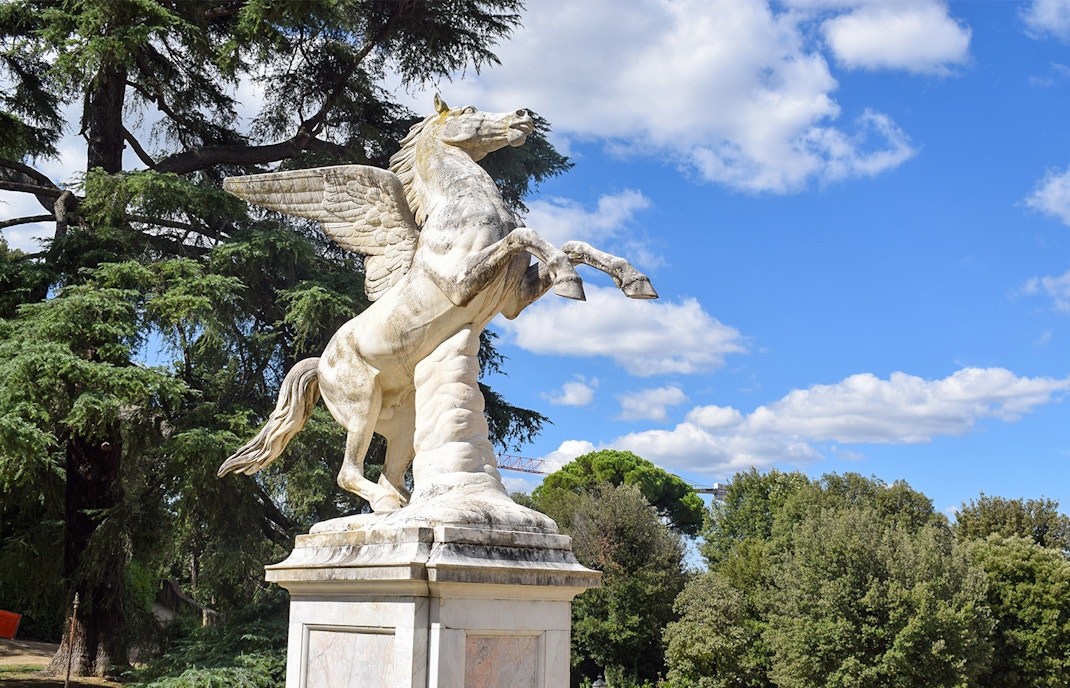
4. Advanced refrigeration in ice houses
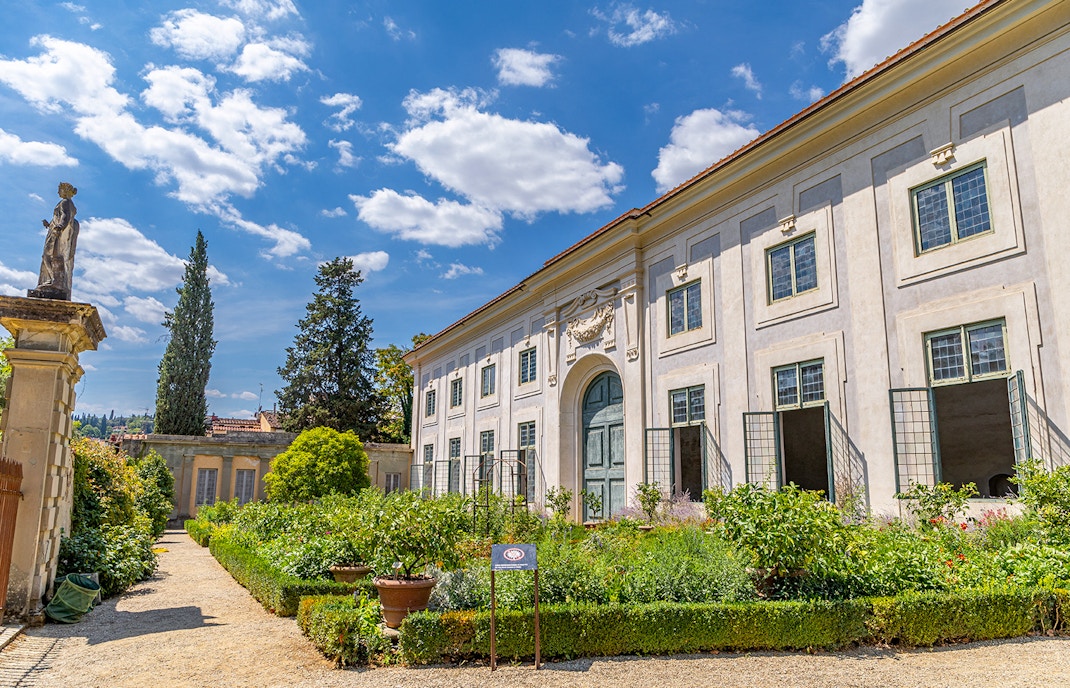
5. Medici's Passion for Citrus
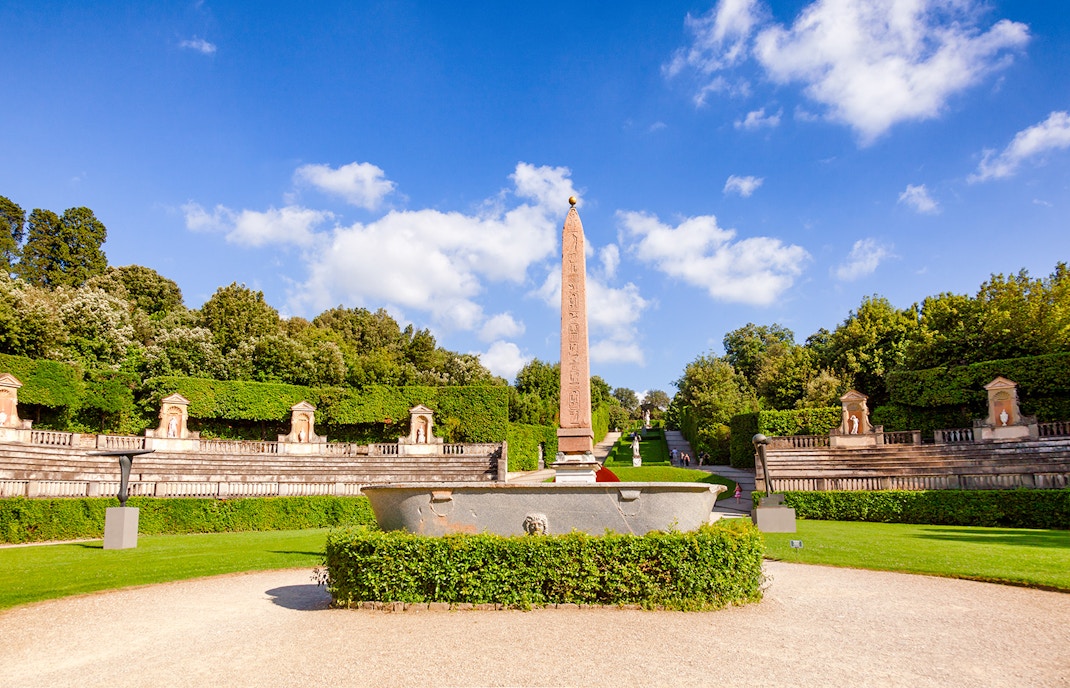
6. Amphitheater's evolution from quarry to a stage
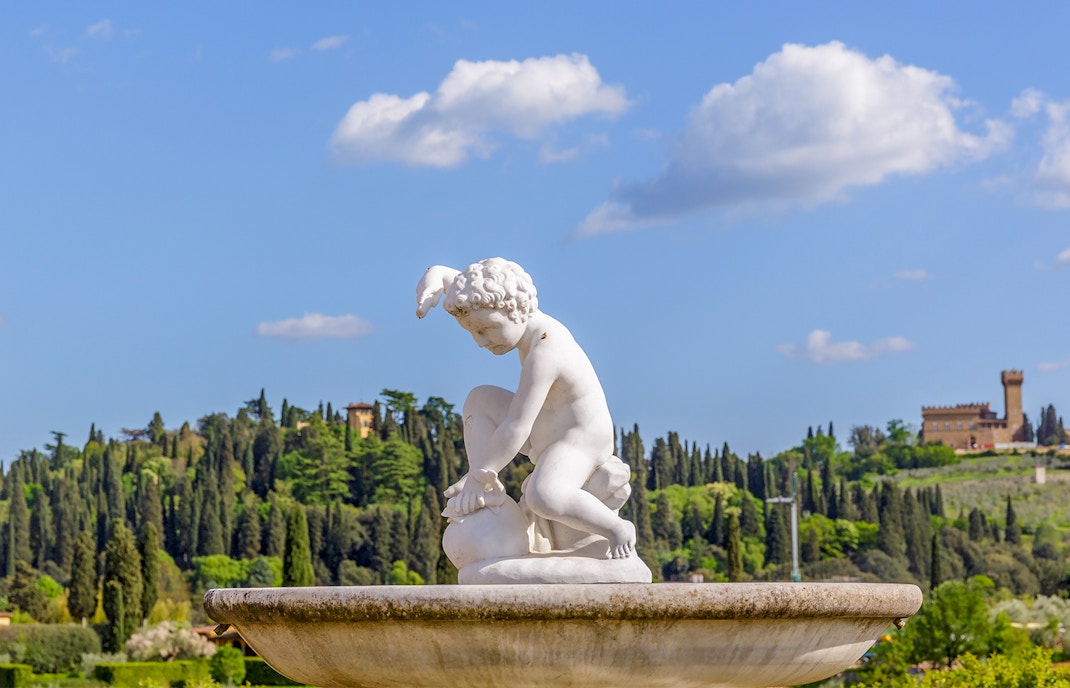
7. Display of Florence's artistic heritage
Find best Boboli Gardens statues